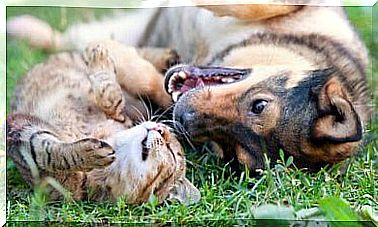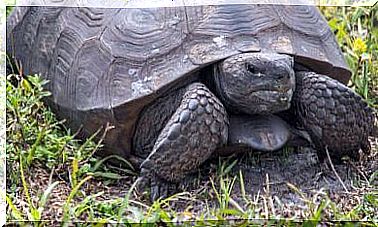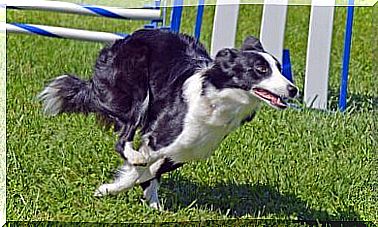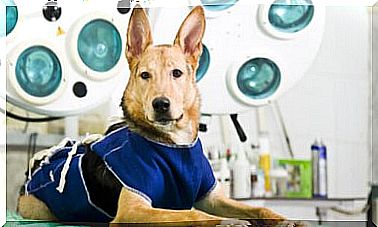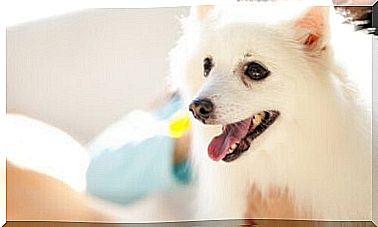How To Feed A Diabetic Dog?
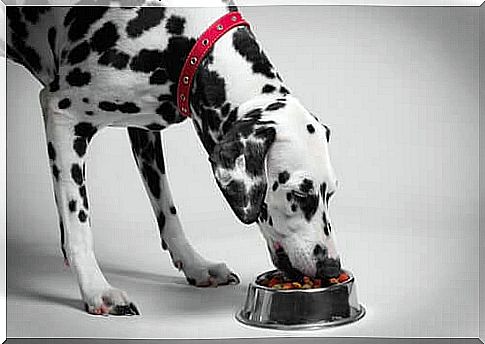
There are many diseases and disorders that, a priori , we never relate to the animal world. However, nothing is further from the truth, and an example of this is diabetes in dogs. When it comes to feeding a diabetic dog, there are a number of nutritional recommendations that must be followed if we are to ensure that our pet lives with this disease in the best possible way.
Diagnosis of a diabetic dog
As with humans, canine diabetes has to do with a defect in insulin production. This hormone is responsible for glucose – the cells’ main source of energy – to be transported and processed correctly.
Whether because the body is unable to synthesize insulin, or because it cannot use it, the direct consequence is an accumulation of glucose in the bloodstream. This causes the cells not to have enough energy to carry out their tasks other than raising the blood sugar level above normal levels.
Middle-aged or elderly dogs are more likely to develop diabetes. There are also some breeds with more predisposition than others, but in all cases the symptoms are the same:
- The dog drinks a lot of water and therefore urinates very often.
- Increased appetite.
- He looks tired and lethargic.

If your veterinarian has confirmed the diagnosis of diabetes in your pet, they will certainly give you some dietary guidelines that you should incorporate into your pet’s daily diet.
Fiber in the diet of a diabetic dog
One of the components that must appear in a diabetic dog’s diet is fiber. This component, in large amounts, acts as a ‘brake’ and prevents glucose levels from rising during carbohydrate breakdown.
Foods high in dietary fiber include cereals, rice – wheat or oats – or soy. However, excess fiber can cause intestinal problems for the pet, so a moderate consumption is recommended.
If the veterinarian deems it appropriate, we can combine this high fiber diet with vitamins B6, E and C as they will also help control glucose levels.
Foods to avoid
Among the foods that should disappear – or have their proportion reduced – are those that contain easily absorbed carbohydrates and sugars. These types of compounds are found in some food colors and are quickly turned into glucose, which will build up.

If you are going to reward your dog with a treat, make sure in advance that it does not contain this type of sugar. You also need to be careful with fruits, as some contain large amounts of fructose, another type of easily absorbable sugar.
Some useful tips
When we talk about diet, we’re not just referring to content. In the case of diabetic dogs, when and how much counts as well. A good option is to distribute our pet’s daily diet in smaller portions and always respect a schedule.
This will favor the dog’s digestion, which helps in the correct absorption of glucose. However, if you have any doubts about what kind of food to offer your dog, you can also turn to rations specially designed for diabetic animals.
Another point in favor of your pet’s health is exercise, as long as it is constant and moderate. In this case, exercise should follow the same regularity as the diet. In this way, physical activity will help your glucose levels to remain constant at all times.
